Britain’s landscape is dotted with monuments and structures that defy conventional explanation. From mysterious stone circles to peculiar modern art installations, these landmarks tell a fascinating story that captures the imagination.
Let’s explore 20 of the most unusual spots in the United Kingdom, which showcase the nation’s eccentric character and rich history.
The Crooked House, Dudley
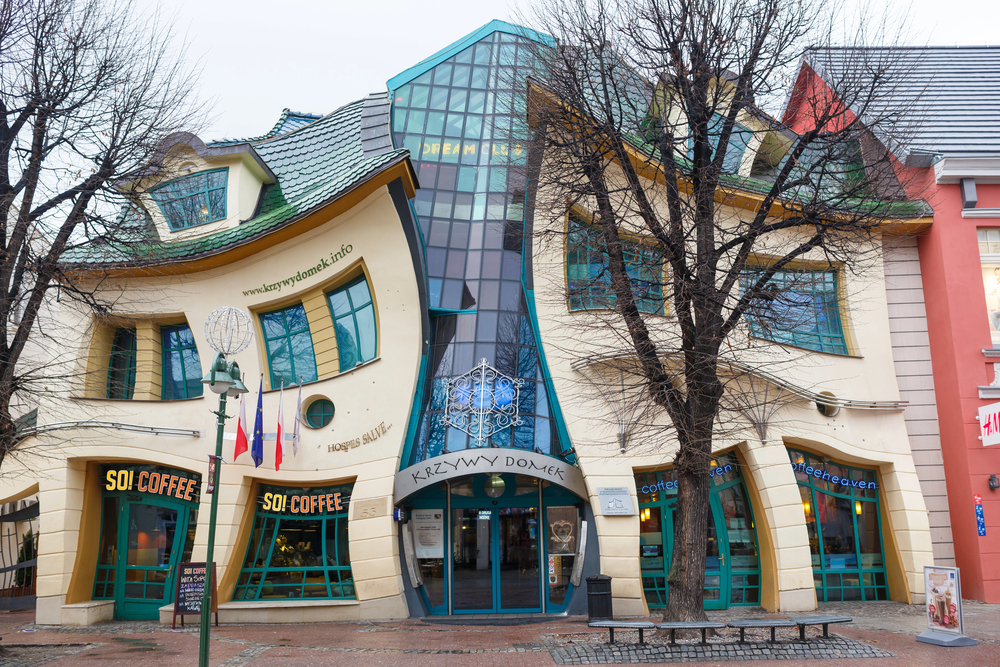
This 18th-century pub appears to be slowly sinking into the ground, with windows and doors at impossible angles. Local mining activity caused one side of the building to sink by 4 feet more than the other, creating a bizarre optical illusion where marbles appear to roll uphill across its floors.
The pub remained a beloved local attraction until it was tragically destroyed by fire in 2023, though its story continues to captivate visitors to the Black Country.
The Shell Grotto, Margate
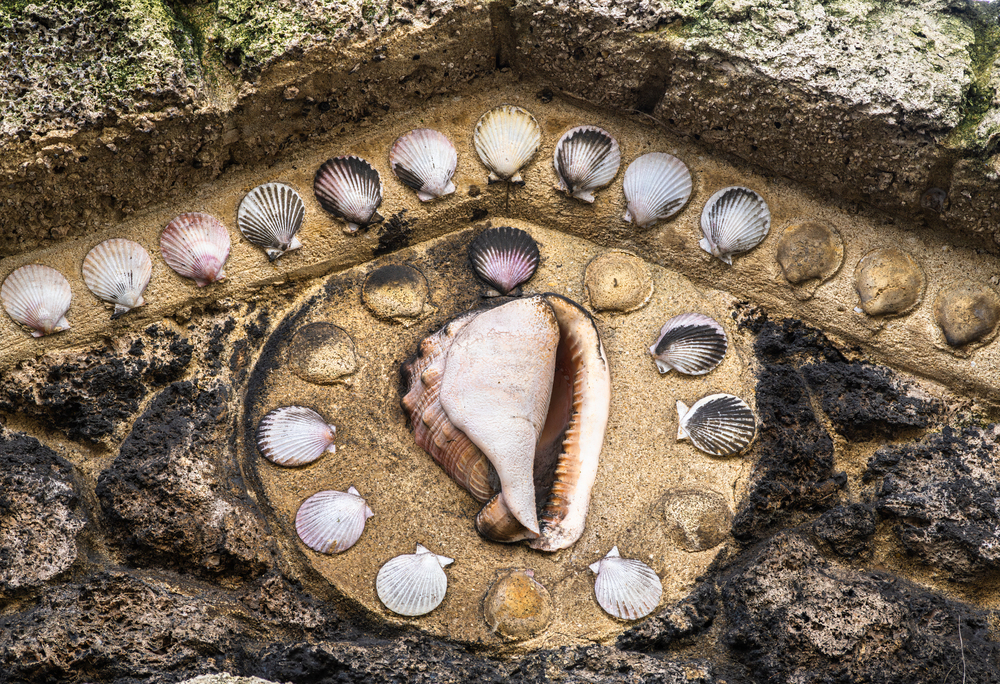
Deep beneath the streets of Margate lies an underground passage decorated with 4.6 million seashells. Discovered in 1835, this 70-foot-long tunnel’s origins remain a complete mystery.
The shells form intricate mosaics of trees, flowers, and mysterious symbols, leading to countless theories about ancient cults and secret societies.
Like Travel Pug’s content? Follow us on MSN.
The Whipsnade Lion, Bedfordshire
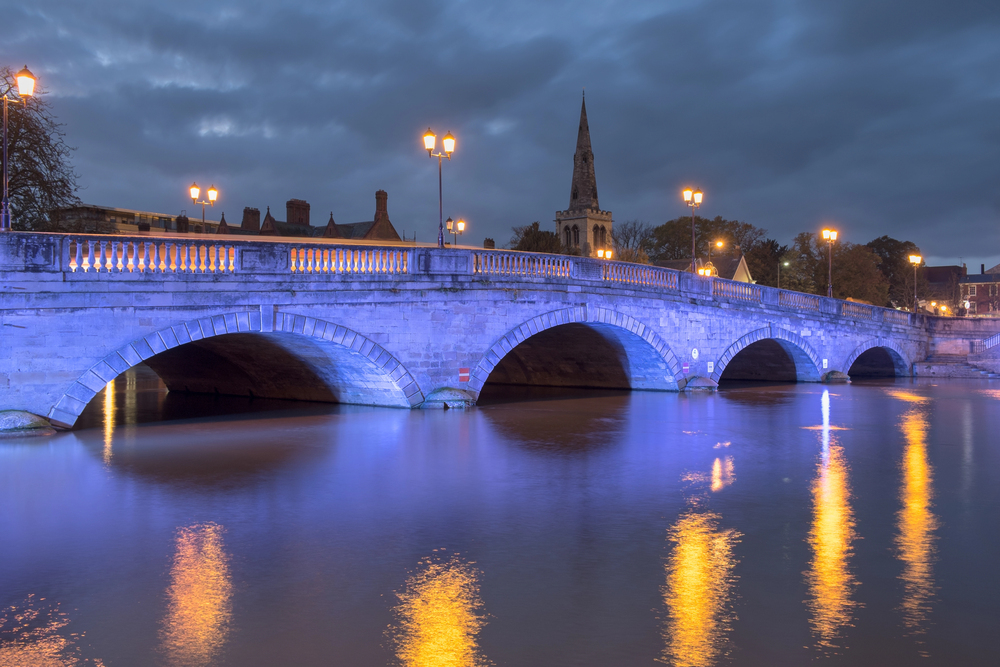
This massive lion, carved into a chalk hillside in 1933, is 483 feet long. The giant feline was carefully designed to be visible from nearly 20 miles away and was a navigation landmark for Allied pilots during World War II.
British intelligence considered erasing it during the war to prevent German bombers from using it as a reference point.
The Mathematical Bridge, Cambridge
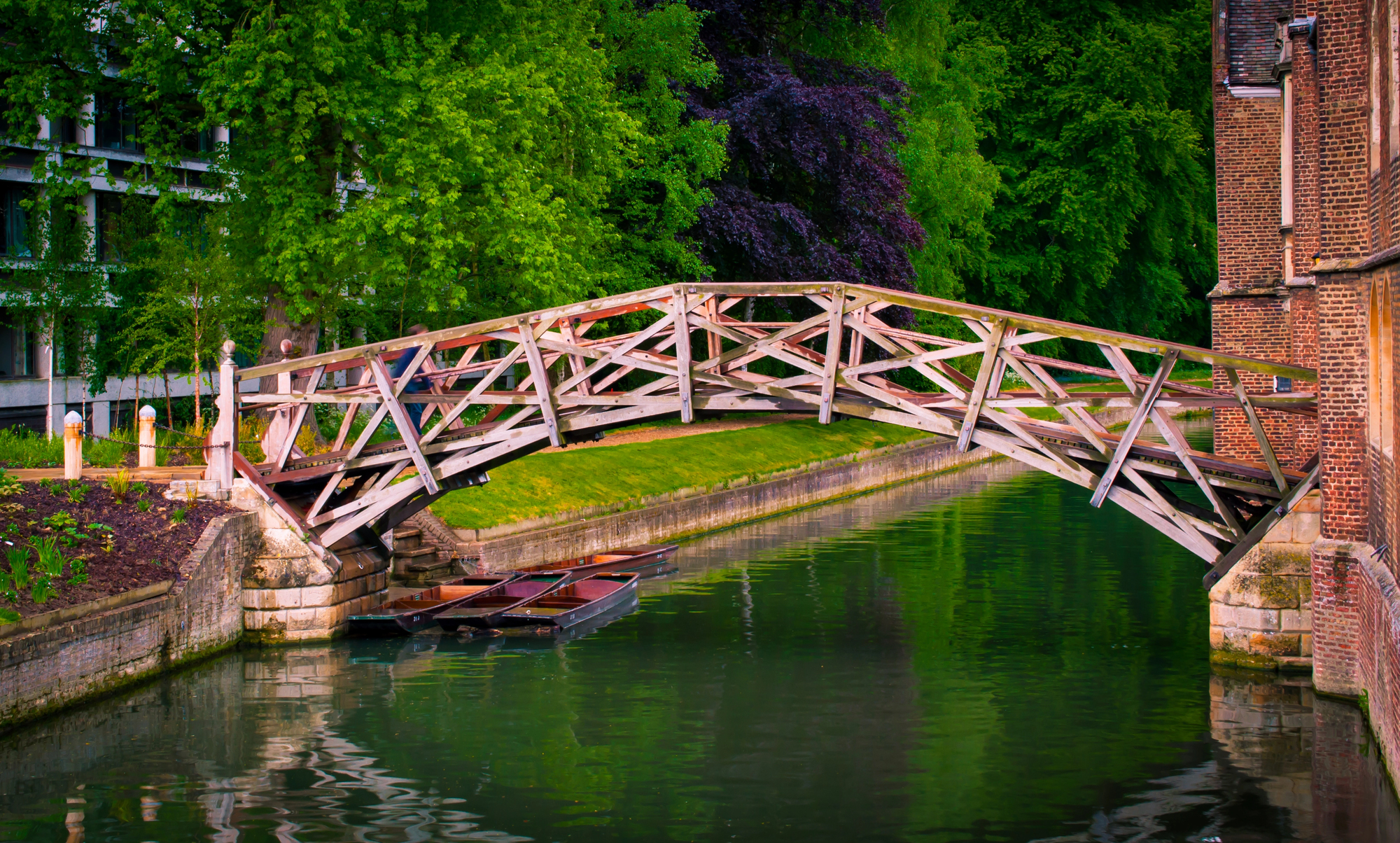
This wooden footbridge at Queens College features an ingenious arrangement of straight timbers, creating an elegant curved arch design. The bridge was built in 1749 by James Essex, decades after Newton’s death, though persistent local legends often mistakenly attribute it to the famous physicist.
The remarkable engineering demonstrates how straight timbers can create a perfect curve through careful geometric design.
The Gnome Reserve, Devon
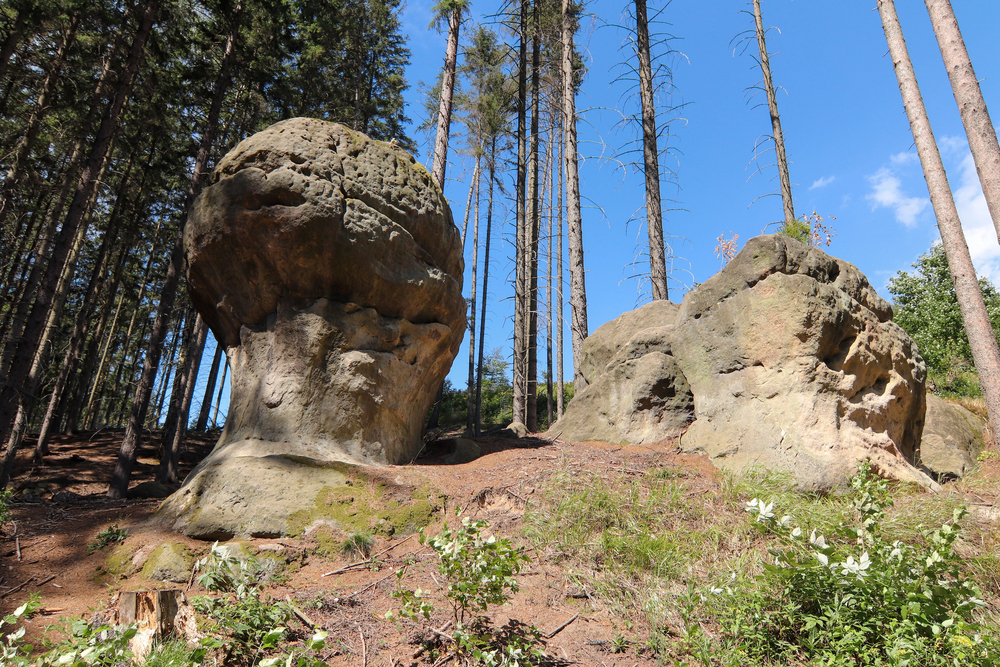
Hidden in the Devon countryside sits a whimsical garden featuring over 2,000 garden gnomes. Each tiny figure has been carefully positioned in scenes depicting daily life, from fishing to gardening.
Visitors are encouraged to don provided gnome hats to ‘blend in’ with the residents during their tour of this charmingly eccentric attraction.
Like Travel Pug’s content? Follow us on MSN.
The Rubber Duck, Liverpool
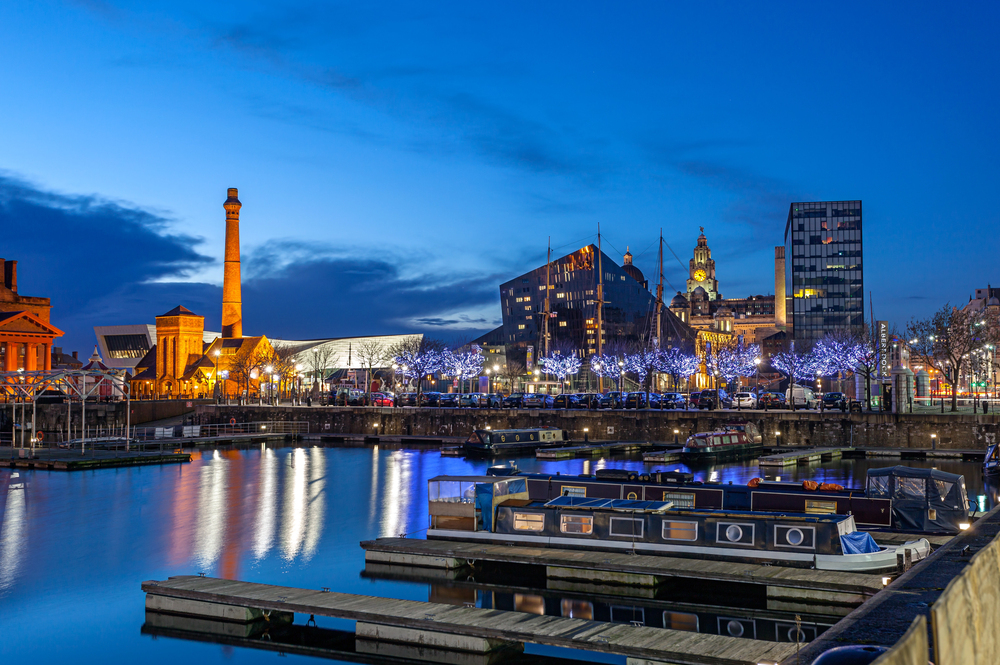
One morning in 2012, a 50-foot-tall yellow rubber duck mysteriously appeared in Liverpool’s Albert Dock. The massive inflatable waterfowl was an art installation designed to ‘spread joy’ worldwide.
Residents were so charmed by their temporary visitor that they successfully petitioned for it to make regular return appearances.
The Upside Down House, Brighton
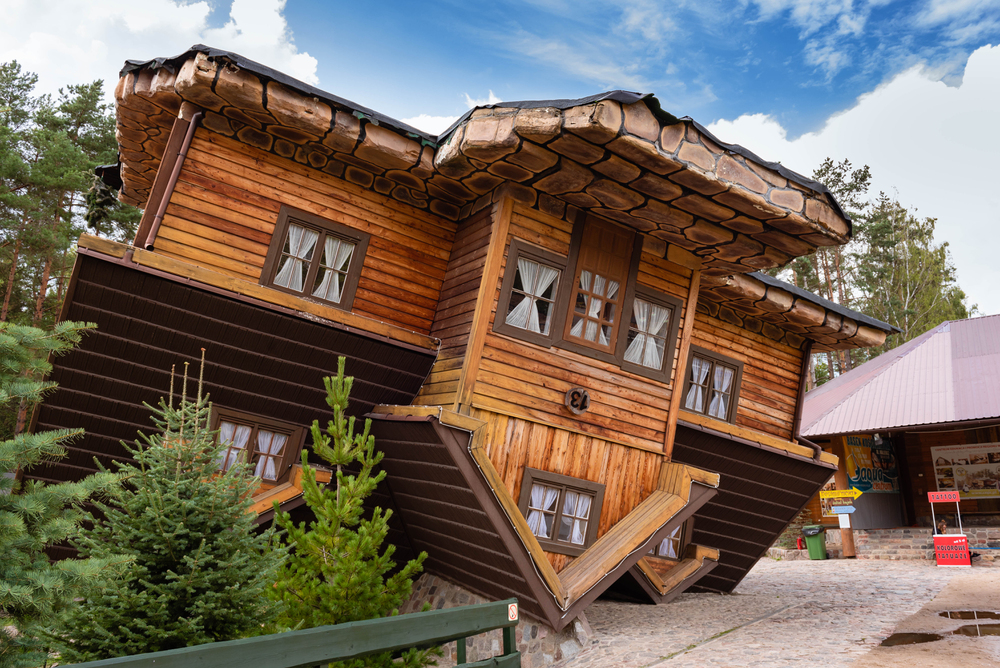
This fully furnished two-story house stands completely inverted on Brighton’s seafront. Every piece of furniture inside is secured to the ceiling, which visitors walk across while their feet remain firmly planted on what appears to be the roof.
The bizarre installation creates perfect photo opportunities that challenge viewers’ perception of gravity.
The Bottle Lodge, Tixall
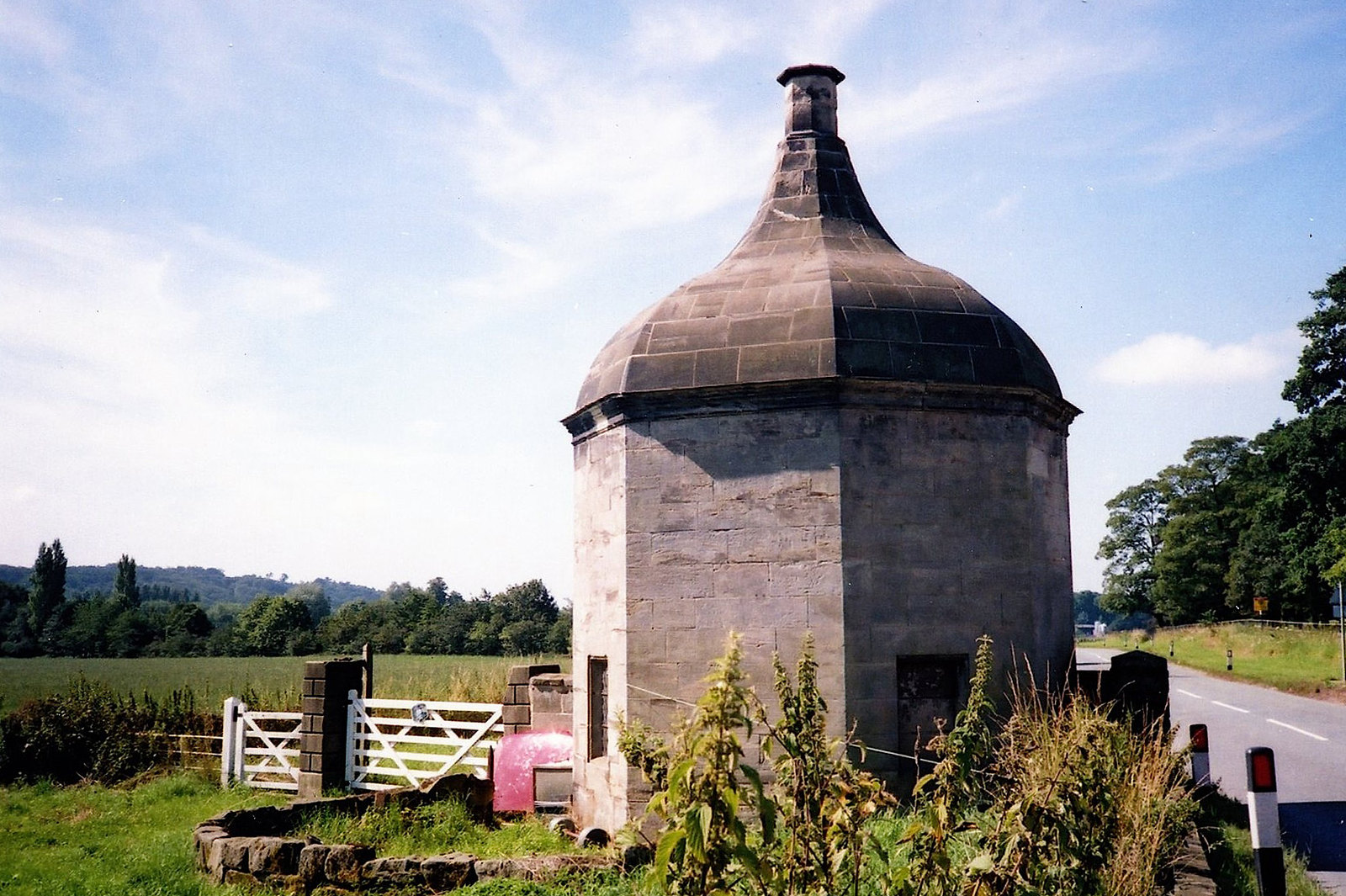
Built entirely from thousands of glass bottles in 1905, this small but striking building glows like a kaleidoscope when sunlight hits its walls. The eccentric Victorian creator used wine, beer, and medicine bottles of various colors to create intricate patterns.
Despite its fragile construction materials, it has survived over a century of British weather.
Like Travel Pug’s content? Follow us on MSN.
The Electric Brae, Ayrshire
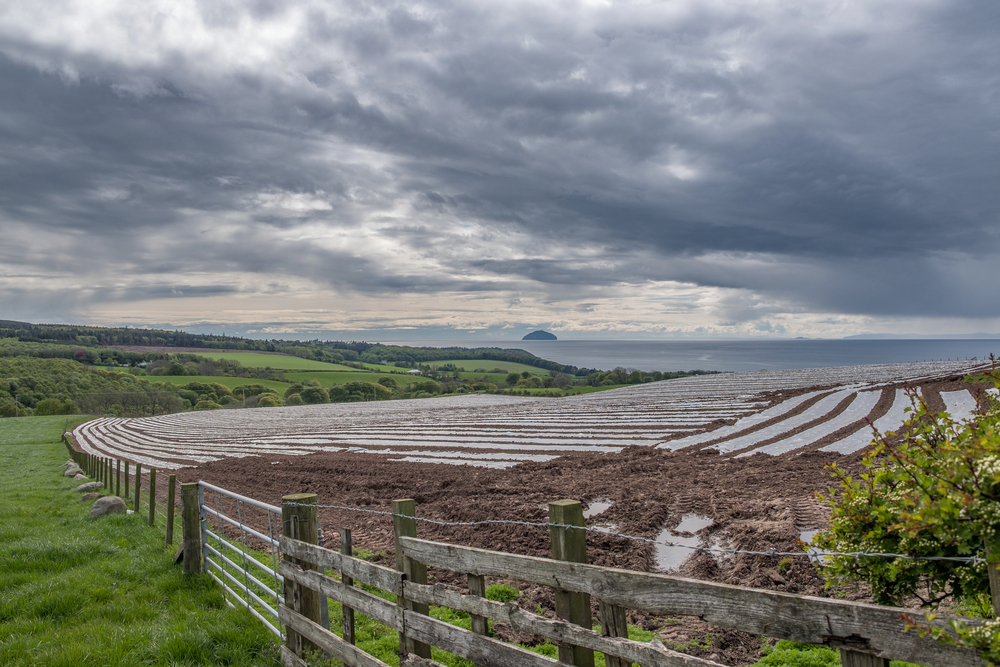
This seemingly ordinary stretch of road defies gravity as cars in neutral gear roll uphill. The famous gravity hill is an optical illusion created by the surrounding landscape.
Local folklore claims the phenomenon is caused by magnetic forces or fairy magic.
The Headington Shark, Oxford
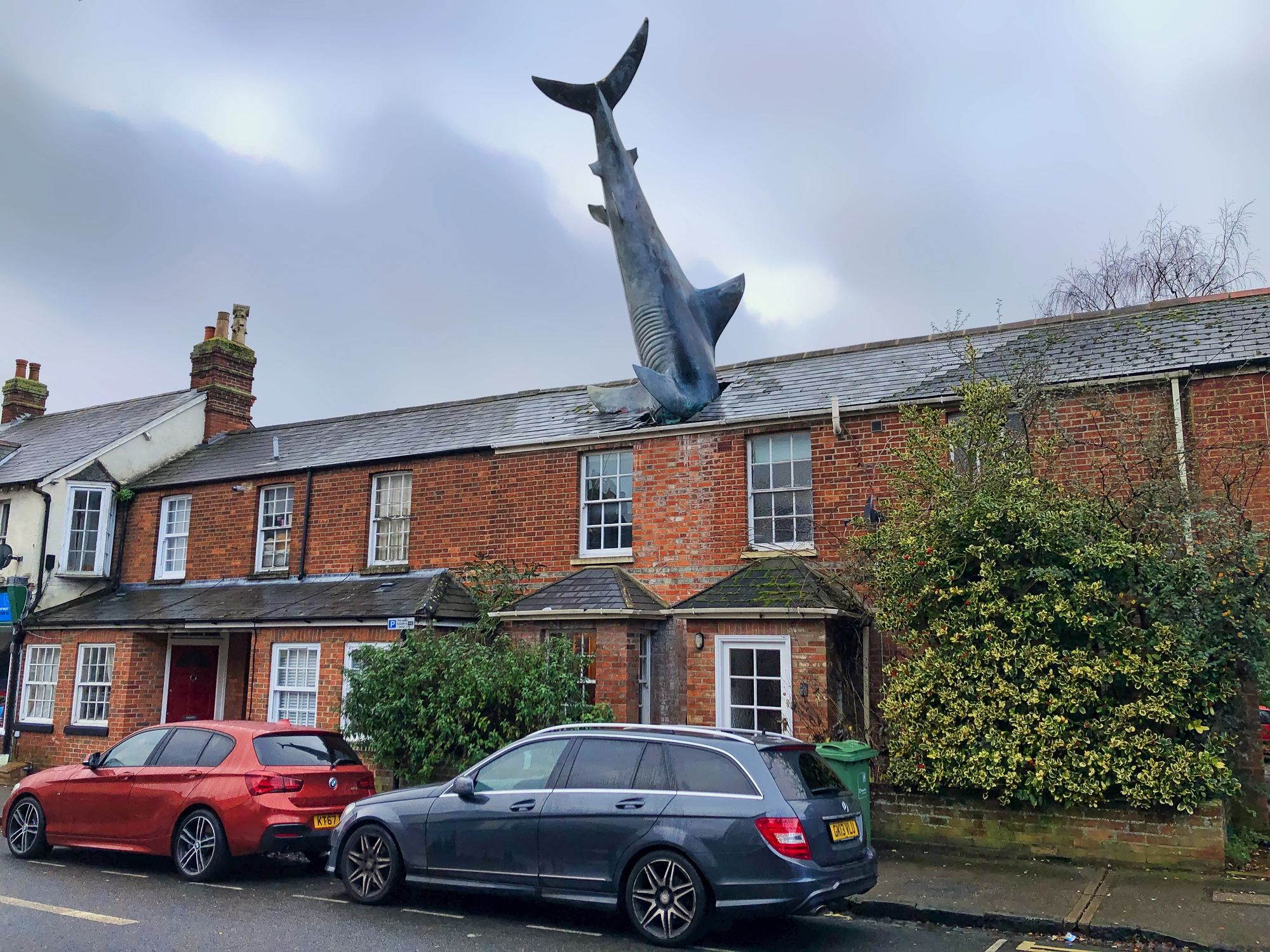
A 25-foot-long fiberglass shark appears to have crash-landed headfirst through the roof of an otherwise ordinary terraced house. Installed in 1986 as an anti-war statement, the striking sculpture initially faced removal orders from the local council.
Public support helped preserve this unusual rooftop installation that continues to startle unsuspecting passersby.
The Singing Ringing Tree, Lancashire
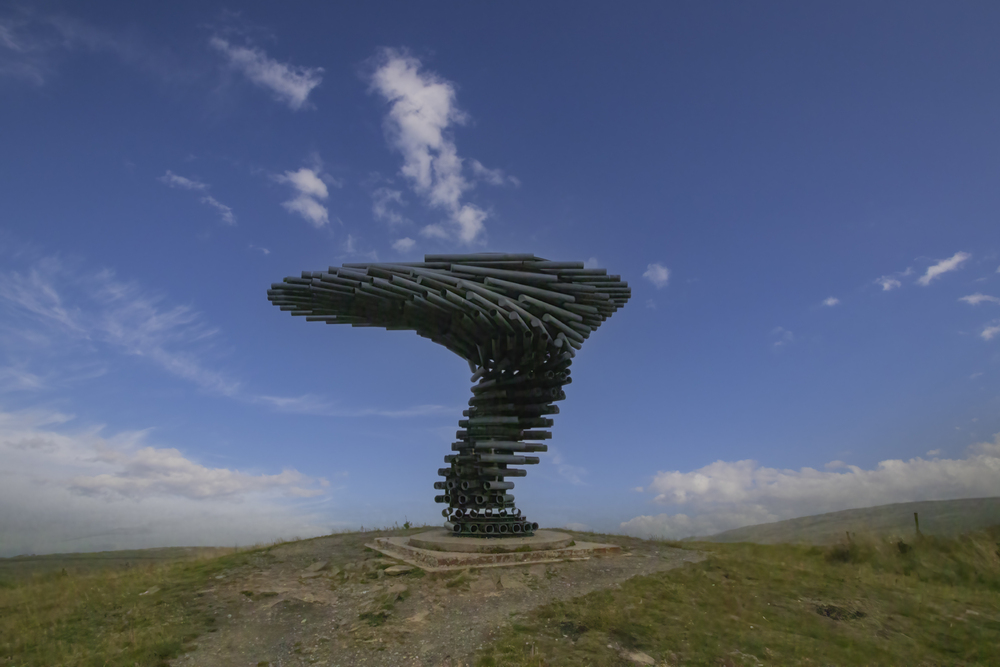
Standing atop the Pennine hills, this 10-foot-tall sculpture resembles a twisted metal tree that creates eerie melodies as the wind passes through its pipes. The award-winning installation produces different haunting tones depending on wind speed and direction.
Residents report hearing its mysterious music across the valley on particularly stormy nights.
Like Travel Pug’s content? Follow us on MSN.
The Cerne Abbas Giant, Dorset

This 180-foot-tall figure of a nude man wielding a club has been carved into a chalk hillside for centuries. Theories about its origins range from ancient fertility rituals to medieval political satire.
The giant requires regular maintenance to remain visible, with local volunteers helping to re-chalk its distinctive outline every few years.
The Forbidden Corner, Yorkshire
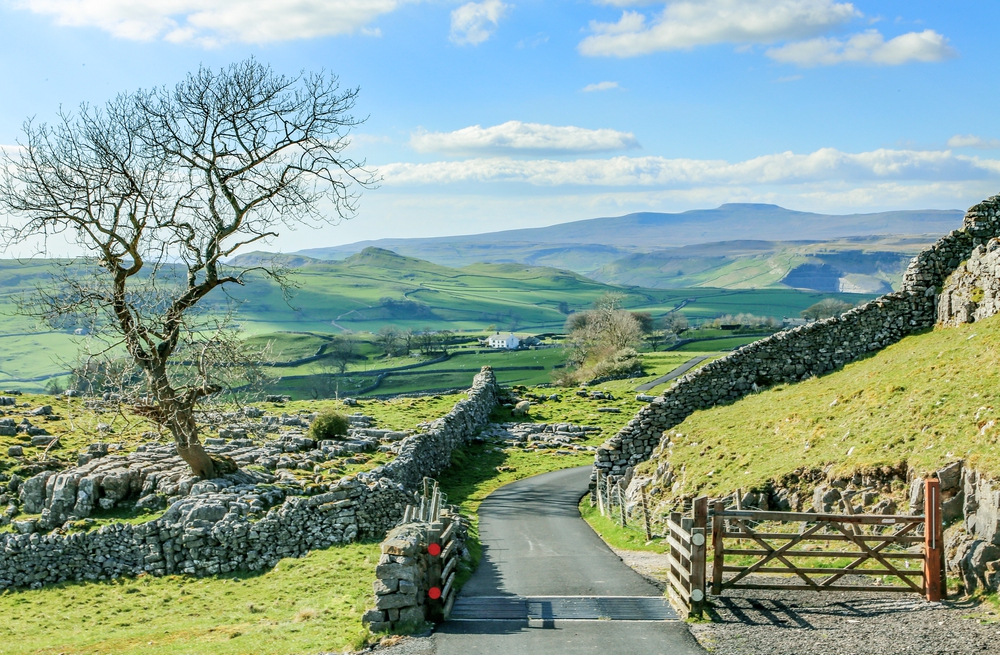
This bizarre garden maze features underground tunnels, revolving floors, and surprising water features designed to disorient visitors. Originally built as a private folly in the 1980s, the labyrinth expanded into an elaborate collection of tricks and traps.
Hidden doorways lead to temples, towers, and sculptures that defy explanation.
The Dunmore Pineapple, Falkirk
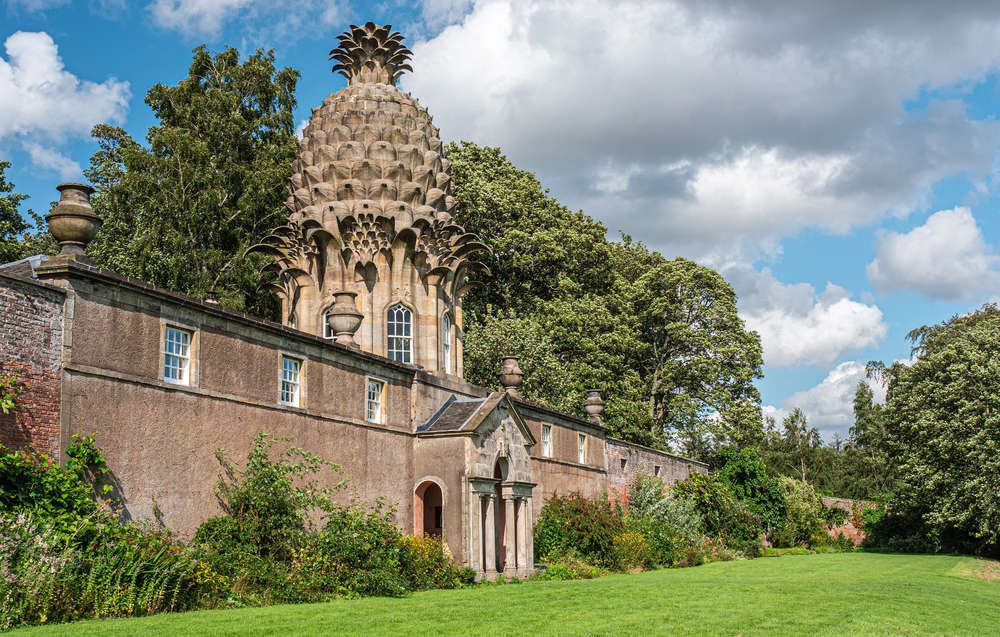
This extraordinary 18th-century garden folly features a 37-foot-high stone pineapple as its crowning glory. Built in 1761 by the Earl of Dunmore, it was a hothouse for growing exotic fruits and an architectural statement piece.
The intricate stonework of the pineapple’s leaves and fruiting body showcases remarkable craftsmanship, earning it recognition as Scotland’s most bizarre building.
Like Travel Pug’s content? Follow us on MSN.
The Williamson Tunnels, Liverpool

This mysterious network of brick-lined tunnels was built beneath the streets of Liverpool in the early 19th century. Created by eccentric tobacco merchant Joseph Williamson, these elaborate underground passages served no apparent practical purpose.
Local legends suggest they were built simply to employ local workers during an economic downturn, earning Williamson the nickname ‘The Mole of Edge Hill.’
The Crooked Spire, Chesterfield
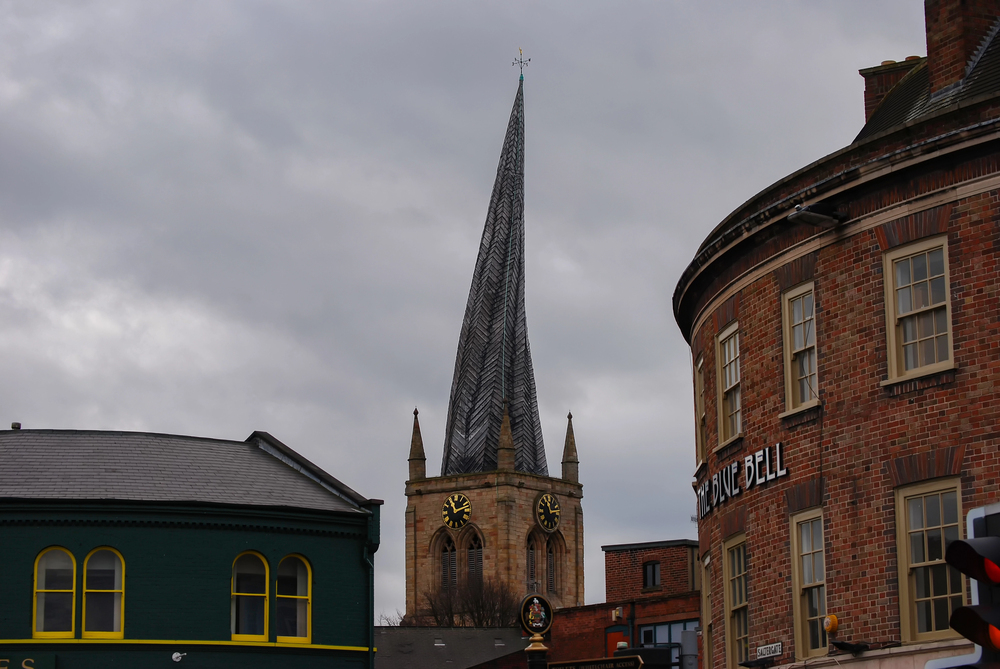
The parish church’s 228-foot-tall spire twists dramatically at a 45-degree angle from its base. Local legend claims a virgin bride once married in the church, causing the spire to bow in astonishment.
Structural engineers attribute the lean to unseasoned timber and lead cladding used in its 14th-century construction.
The Ghost Bus, Heddon-on-the-Wall
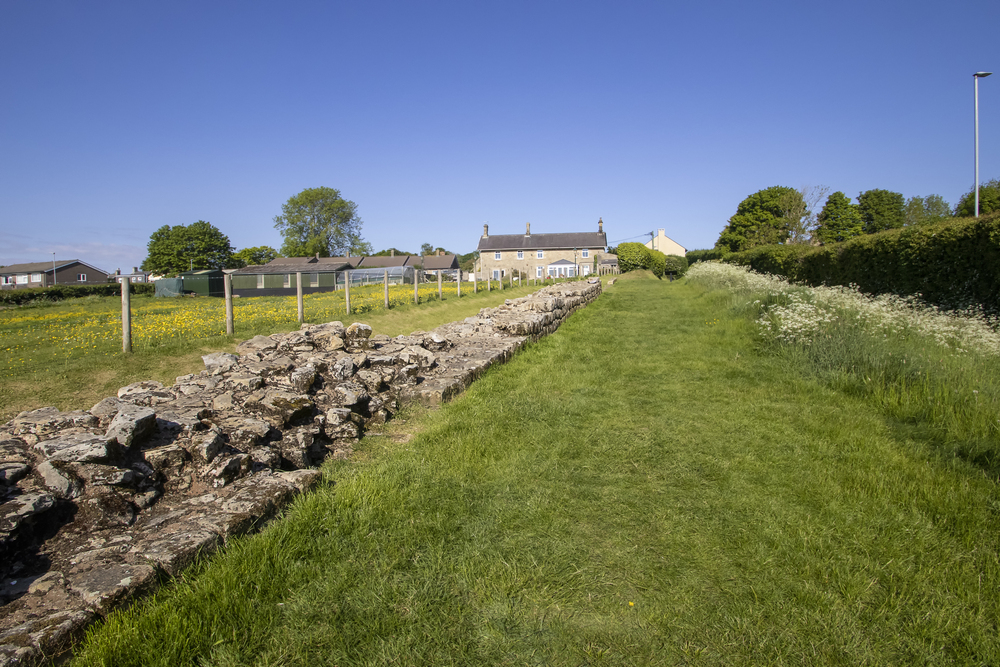
An abandoned double-decker bus sits mysteriously in the middle of a field, slowly being reclaimed by nature. Local stories claim it was driven there decades ago and simply never left.
The vehicle has become an unlikely canvas for local artists who regularly update its appearance with new murals.
Like Travel Pug’s content? Follow us on MSN.
The Mechanical Clock House, Kent
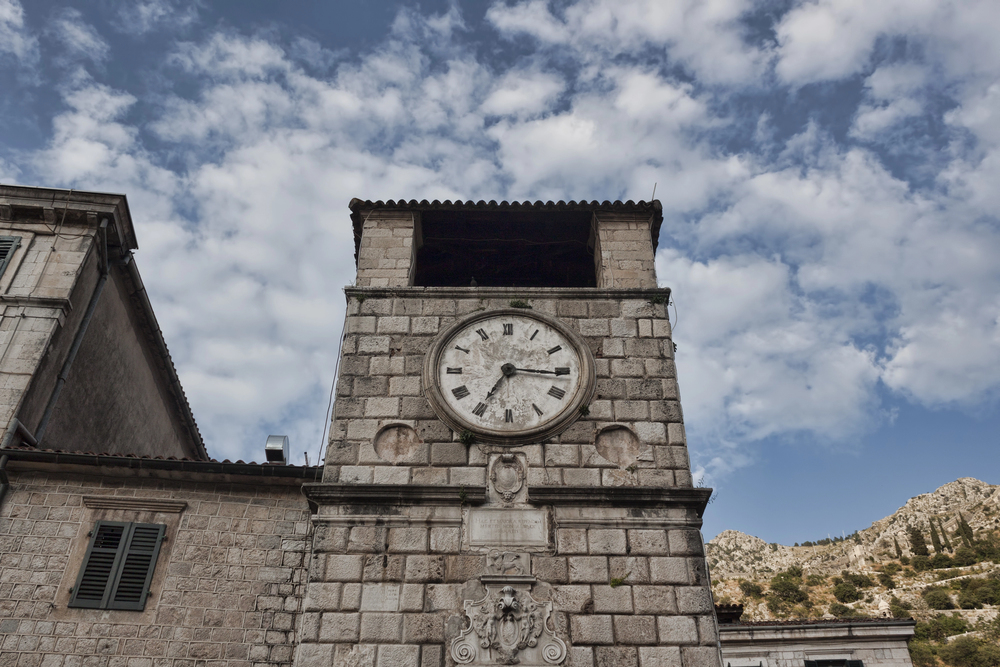
This Victorian mansion’s entire facade functions as an elaborate cuckoo clock. Every hour, dozens of automated figures emerge to perform a complex mechanical dance.
The reclusive inventor who created it spent 30 years perfecting the intricate mechanism that still operates today.
The Mirror House, Scottish Highlands
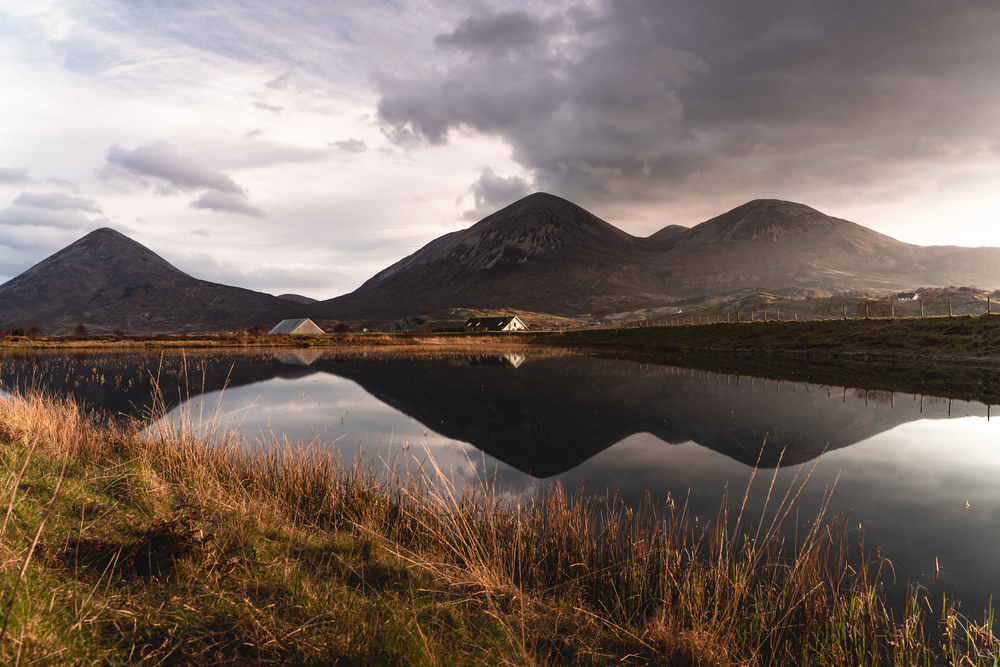
This small shelter appears nearly invisible as its mirrored surfaces reflect the dramatic mountain landscape. The experimental structure was designed to explore concepts of camouflage and perception.
Visitors often struggle to photograph the building as it seems to disappear completely from certain angles.
The Living Bridge, Belfast
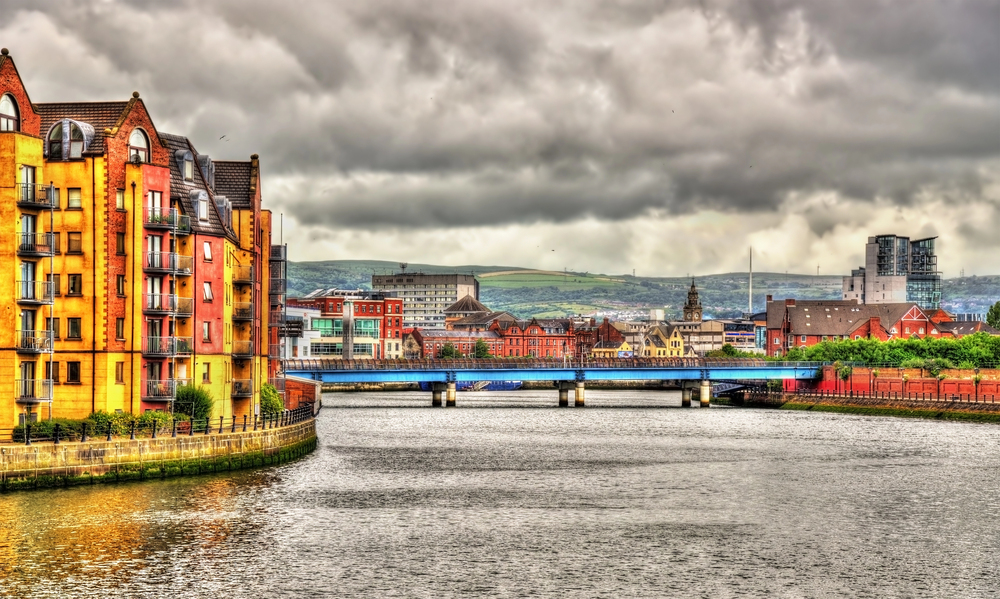
What appears to be an ordinary footbridge transforms throughout the day as built-in fountains, lights, and moving panels create ever-changing patterns. The interactive structure responds to weather conditions and pedestrian movement.
Local artists regularly incorporate the bridge’s unique features into performance pieces.
Like Travel Pug’s content? Follow us on MSN.
Exploring Britain’s Wonderful Oddities Further
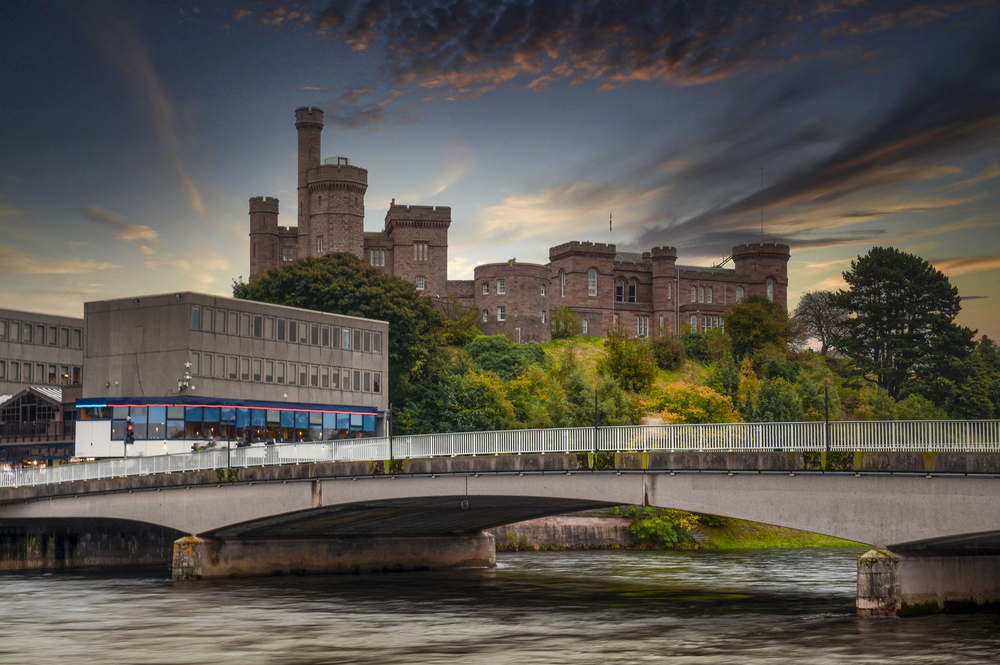
These extraordinary landmarks represent a small sample of Britain’s wonderfully weird architectural heritage. Each site offers a unique glimpse into the creativity, eccentricity, and rich storytelling tradition that makes British culture distinctive.
Whether driven by artistic vision, engineering innovation, or simply delightful whimsy, these peculiar places continue to surprise and delight visitors worldwide.
More from Travel Pug

- 15 Dangerous European Cities to Avoid
- 15 Caribbean Islands Where Tourists Keep Getting Scammed
- The 20 Most Fascinating Abandoned Places: A Journey Through Time and Forgotten Spaces
- 15 Hidden Places in the Smithsonian Museums Locals Love: A Guide to Lesser-Known Treasures
- 16 Hidden Florida Beach Towns That Aren’t Overrun with Tourists
Like Travel Pug’s content? Follow us on MSN.
